Vapotherm Blog
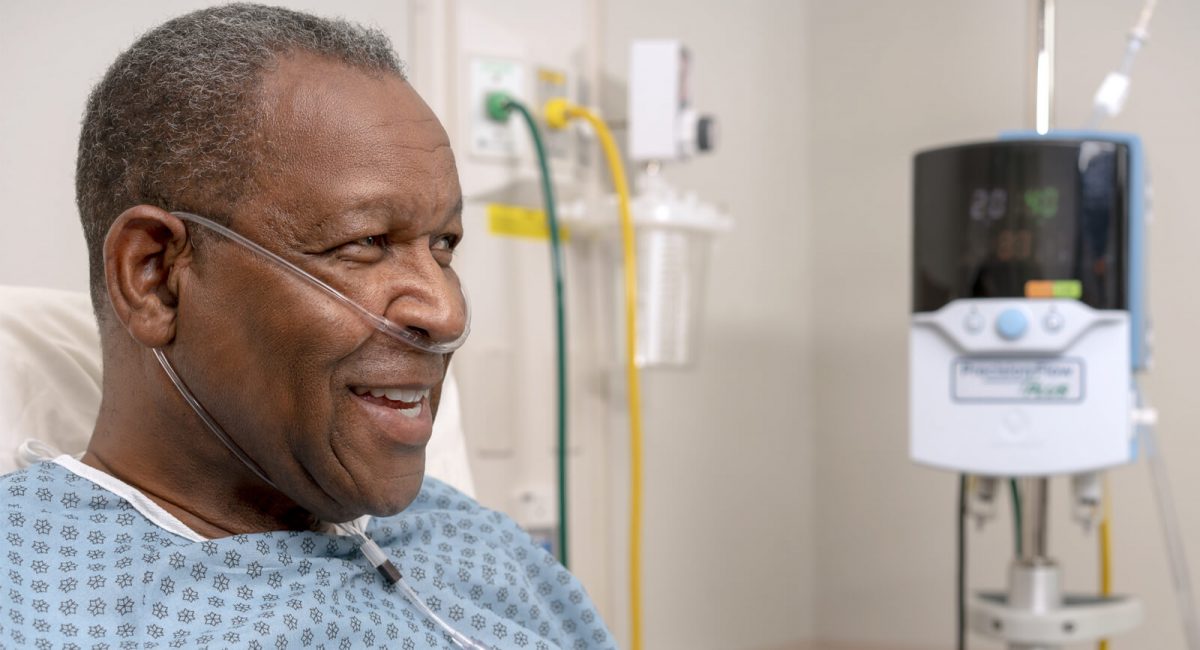
Treating PTSD Patients in Respiratory Distress—How to Manage the Mask Intolerance?
Two well-known things about non-invasive positive pressure ventilation (NiPPV) are that: It is the gold standard for initial non-invasive respiratory distress treatment, especially resulting from COPD and It fails up to a third of the time because of the patients’ mask intolerance1 This puts clinicians in a difficult spot when they are faced with a
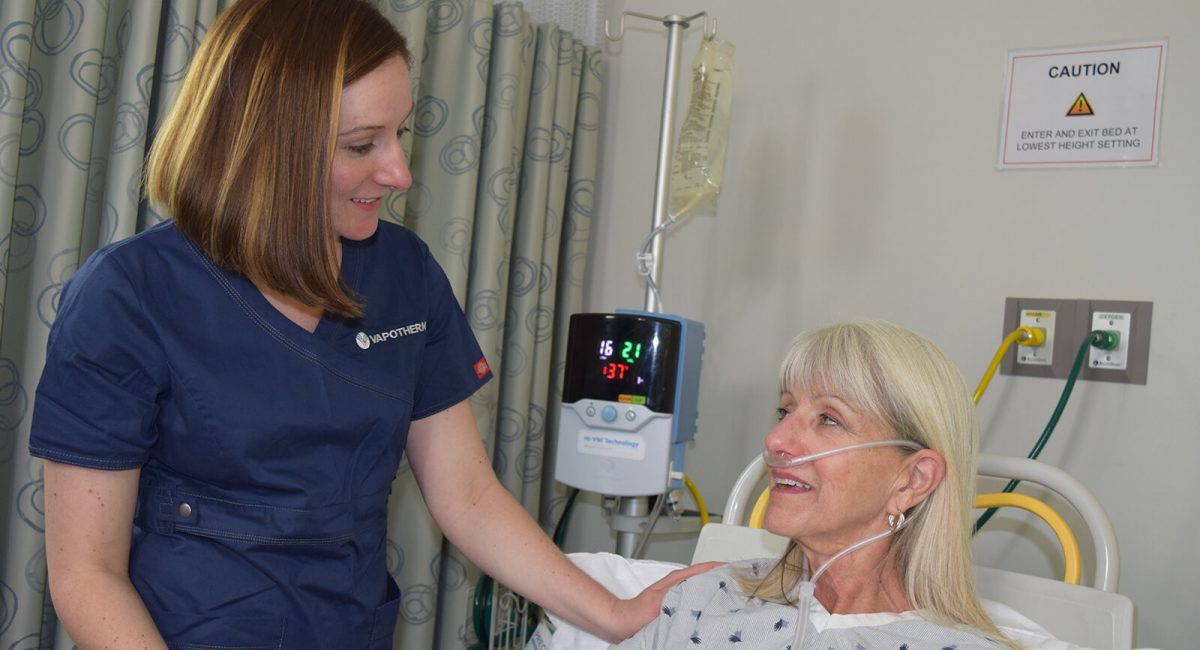
COPD Exacerbations During Respiratory Season—How to Help Your Workflow
It’s that time of the year again—Respiratory Season is here, crowding many Emergency Departments, exacerbating underlying respiratory conditions like COPD1, and stressing clinicians as they handle the increased patient volume. Time is of the essence and for some, shortening a workflow by just a little could make a difference in your day. So, how do
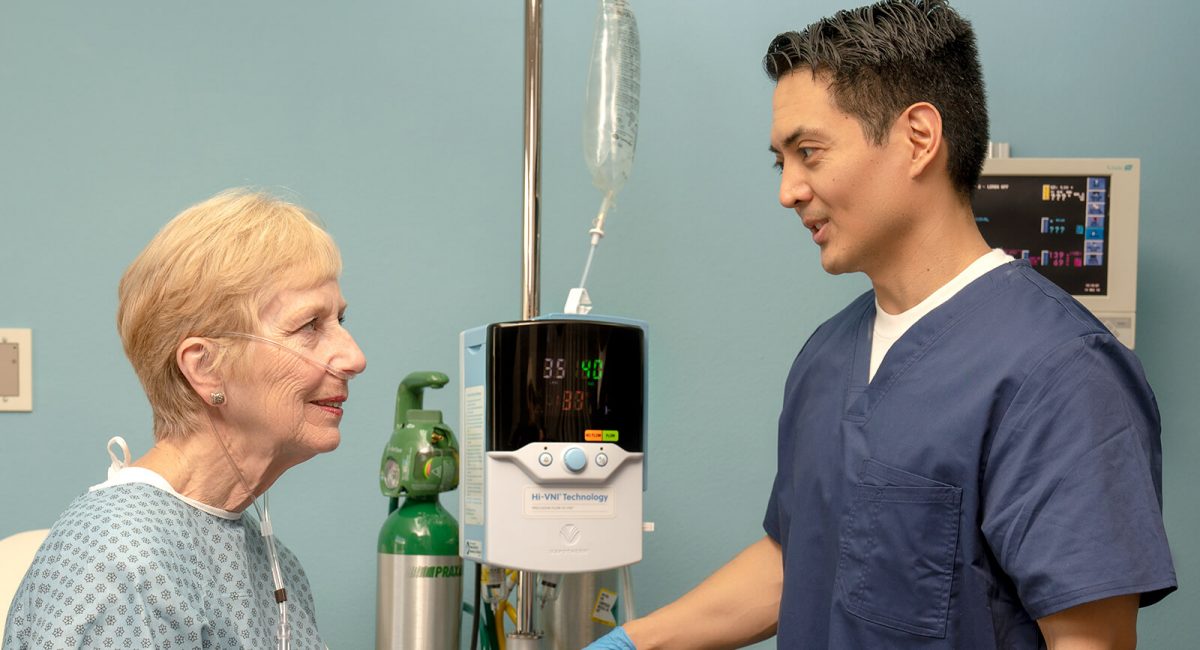
New Study Shows Vapotherm® High Velocity Therapy Improves Inpatient Ambulation
In October 2019, Siler and colleagues published the results of a prospective crossover pilot study in the Journal of Clinical Respiratory Diseases and Care titled “Assessing the Clinical Effect of High Velocity Nasal Insufflation on Improving Ambulation in Patients with Dyspnea: a Feasibility Study.” The results suggest that Vapotherm high velocity therapy, which in the

Getting Through Flu Season—Tips for Clinicians
It’s that time of the year again. Flu Season and Respiratory Season are here and hospitals across the country are gearing up for the influx of patients streaming into their emergency departments. It’s a hectic time each year, so we decided to ask some of the respiratory therapists, nurses, and physicians on our team what

A Gentler Alternative to nCPAP in the NICU
Although nCPAP is the gold standard primary respiratory support for premature neonates, it also causes nasal injury in 20%-100% of that vulnerable population.1 This is quite a wide range as the prevalence of nasal injury varies and is based on multiple factors, including the baby’s gestational age and birth weight.2 One randomized, controlled trial that
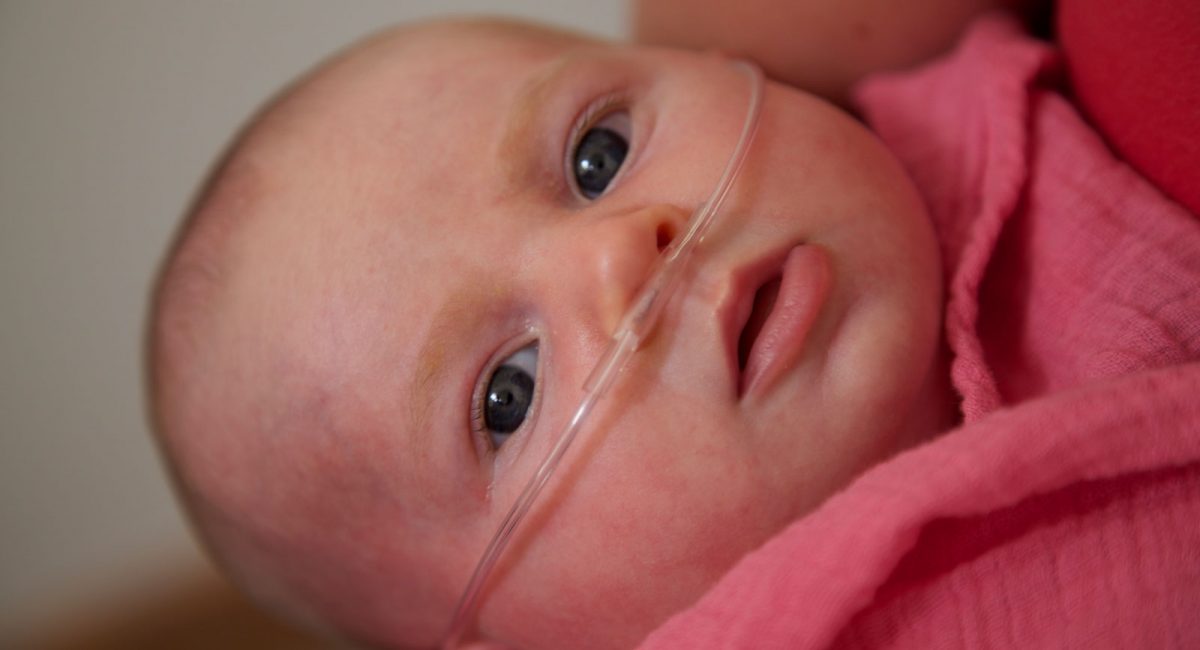
New Retrospective Study Adds to Body of Evidence that Vapotherm® High Velocity Therapy is Effective Primary Respiratory Support for Premature Neonates
In December 2018, Neonatology published the results of a multicenter, retrospective observational analysis conducted by Zivanovic and colleagues, titled “Nasal High-Flow Therapy as Primary Respiratory Support for Preterm Infants without the Need for Rescue with Nasal Continuous Positive Airway Pressure”.1 The study examined the outcomes of 381 premature infants with RDS across two tertiary neonatal
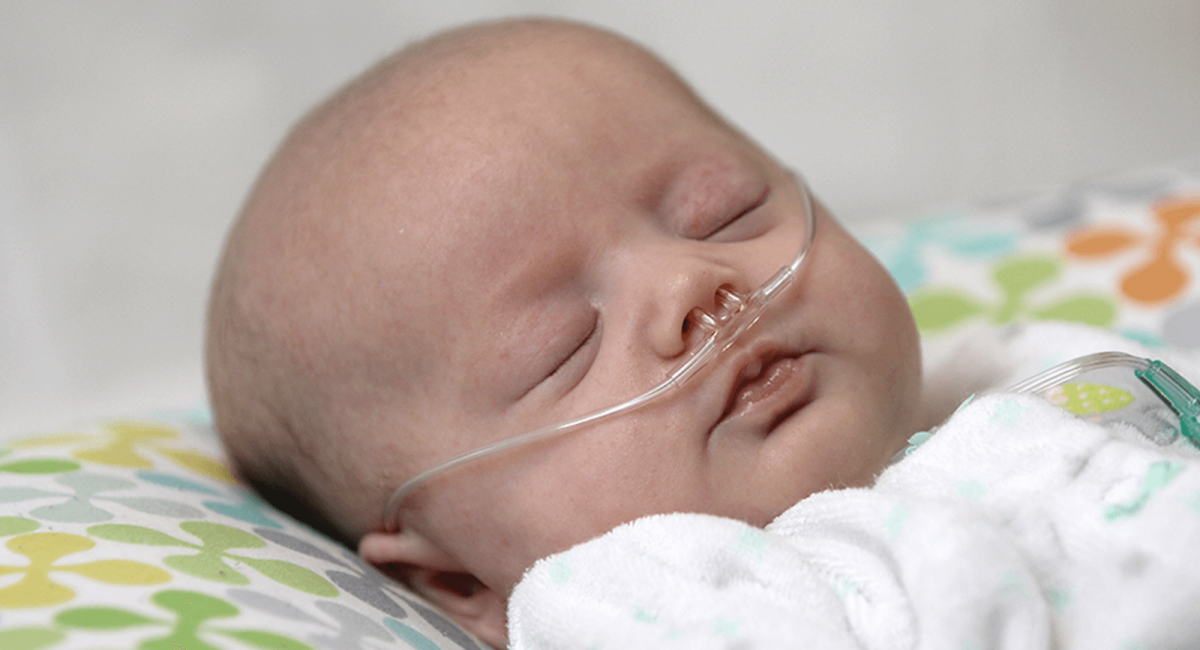
When HFNC is Not Enough for Your Babies and Why High Velocity Therapy Could Help
A new multicenter randomized trial published in the New England Journal of Medicine demonstrated yet again that high flow nasal cannula (HFNC) is not a viable alternative to CPAP for primary respiratory support in neonates.1 The study, conducted by Manley and colleagues, randomized 754 infants in respiratory distress to receive either CPAP or HFNC (Optiflow
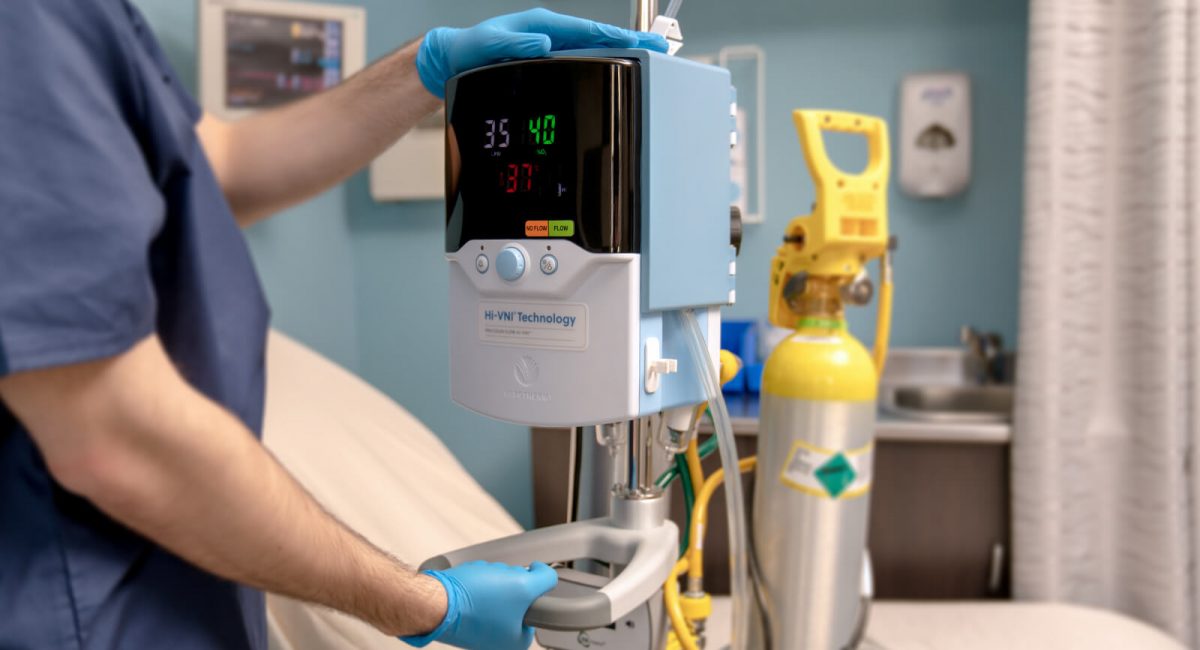
Maintain Full Respiratory Support on the Go — Five Things You Can Do When You Have the Freedom to Move Your Patients
Hi-VNI® Technology is a mask-free respiratory support tool as effective as NiPPV. As such, it already brings many benefits to a hospital—it simplifies care, allowing patients in undifferentiated respiratory distress to eat, drink, speak, and take oral medications while maintaining therapy. But the benefits become even more powerful when the versatility of the Vapotherm Transfer

The First Major NIV Innovation in the Past 30 Years is Here!—And It May Be a Solution for Anxious Respiratory Distress Patients
Let’s face it, tightly strapped face masks are not exactly pleasant. While many respiratory distress patients tolerate mask and pressure-based therapies just fine, many also experience anxiety and claustrophobia. Yet the gold standard treatment for patients in undifferentiated respiratory distress is Noninvasive Positive Pressure Ventilation (NiPPV), even though about a third of all NiPPV failure

Could Your Hospital Save Money? The Economic Benefits of Ambulation
The medical community widely recognizes that prolonged bedrest can have harmful effects on patients while early mobility can lead to better outcomes. Yet, deep sedation of mechanically ventilated patients, and prolonged bed rest remain frequent practices in many ICUs. Mobilization goals can be difficult to achieve, because establishing mobility programs requires multi-disciplinary teams, education, concerted